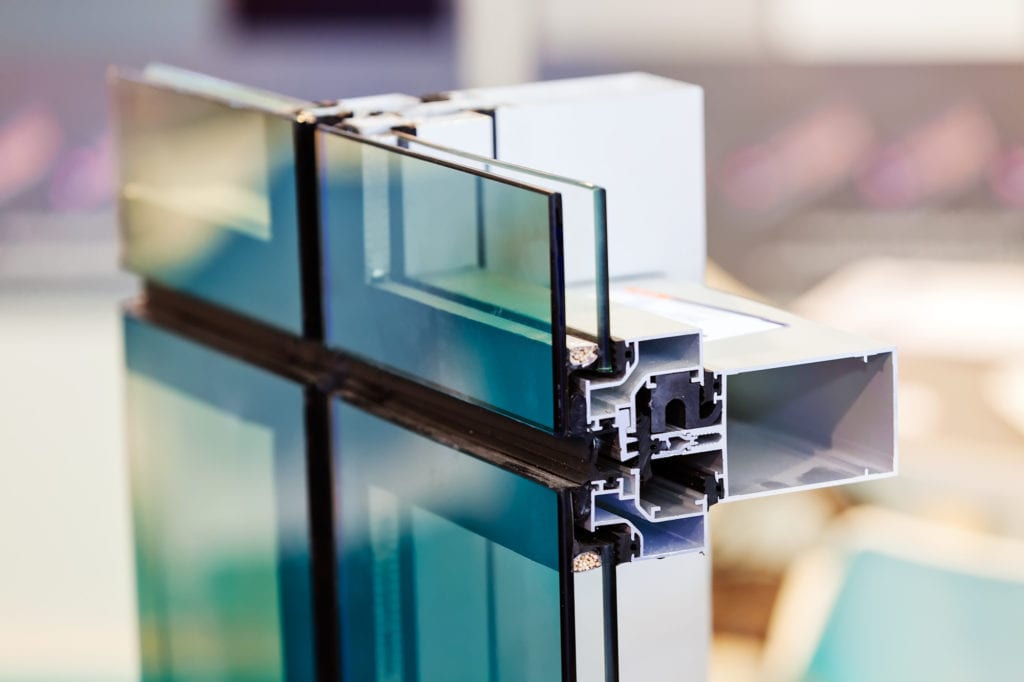All Categories
Featured
Table of Contents
Double-glazing Versus Low-e Glass in Iluka Western Australia
That window can send more solar heat in winter season than in summer. A west-facing window on a summer season's afternoon has an angle of incidence from near 0 approximately 30 with a large efficient area of solar radiation. A north-facing window, in summer, has a high angle of incidence and a low effective location of solar radiation, so can transmit less heat than a west-facing one.

However you can rapidly and easily improve the thermal performance of your house by replacing your windows. This is one of the most efficient methods of renovation to achieve better thermal convenience. There are thousands of kinds of glass and frames to select from. Choosing the right ones is necessary to enhancing the energy performance of your home.
Single, Double Or Secondary Glazing, Which Is The Best ... in Mount Claremont WA
There are various kinds of glass items to select from. Single glazing uses a single pane of glass. Single glazing with clear glass is not extremely efficient when it pertains to heat loss or gain. To enhance efficiency, you can utilize single glazing with a more energy-efficient type of glass such as low emissivity (low-e) glass.
Several layers can be put together with sealed cavities in between each sheet of glass. IGUs generally provide much better energy performance than single glazing, due to the fact that they transfer less energy. The energy efficiency of IGUs also depends on: the residential or commercial properties of each layer of glass. Different glass types (for example, clear and low-e glass) can be created in an IGU.
Techniques For Double Glazing Windows in Victoria Park Western Australia

IGU cavities can be filled with air or a more inert, low-conductivity gas such as argon the width of the cavity. Broader cavities offer lower (better) U worths, with 12mm normally accepted as the favored space how well the cavity is sealed.
If argon is set up to the cavity in place of air, moisture is reliably left out the level of desiccant (drying representative). The spacer (metal or polymer strip) that separates the glass layers contains a desiccant to absorb any moisture. Inadequate desiccant may trigger moisture to condense on the glass surface in cold conditions, reducing thermal efficiency.
Twinglaze® Double Glaze Specification Act - Vic in Wandi Western Australia
In reality, IGUs can provide much better energy performance for all climates, particularly in heated and air-conditioned homes. Cross-section information of single, double and triple-glazing systems Low emissivity glass (commonly called low-e glass) decreases heat transfer. Low-e glass might be either high or low transmission: High transmission low-e glass has a coating that enables daytime from the sun to pass into your house to accomplish great solar heat gain, but lowers the amount of the long wavelength infrared heat that can get away back through the window.
Low-e glass has either a pyrolytic covering or a vacuum-deposited thin film metal finishing. Pyrolytic finishes are long lasting and can be used for any glazing; vacuum-deposited finishes are soft and are just utilized within IGUs. Low-e coverings can significantly enhance both U worth and SHGC; however, they need to be utilized properly or they will either weaken or fail to carry out as required.
Double Glazed Windows & Doors Melbourne & Sydney in Wembley Downs Western Australia
Low-e finishings can be used in mix with clear, toned or reflective glass. Low-e coverings on glazing can lower heat transfer where needed Picture: Department of Market, Science, Energy and Resources Toned glass has actually colouring additives included throughout manufacture. It is readily available in different colours, generally bronze, grey, blue and green.
Latest Posts
Pros And Cons Of Argon Gas In Windows in Ridgewood WA
Does Double Glazing Have A Vacuum? in Shoalwater WA
Double & Triple Glazing Windows In Warwickshire in Perth